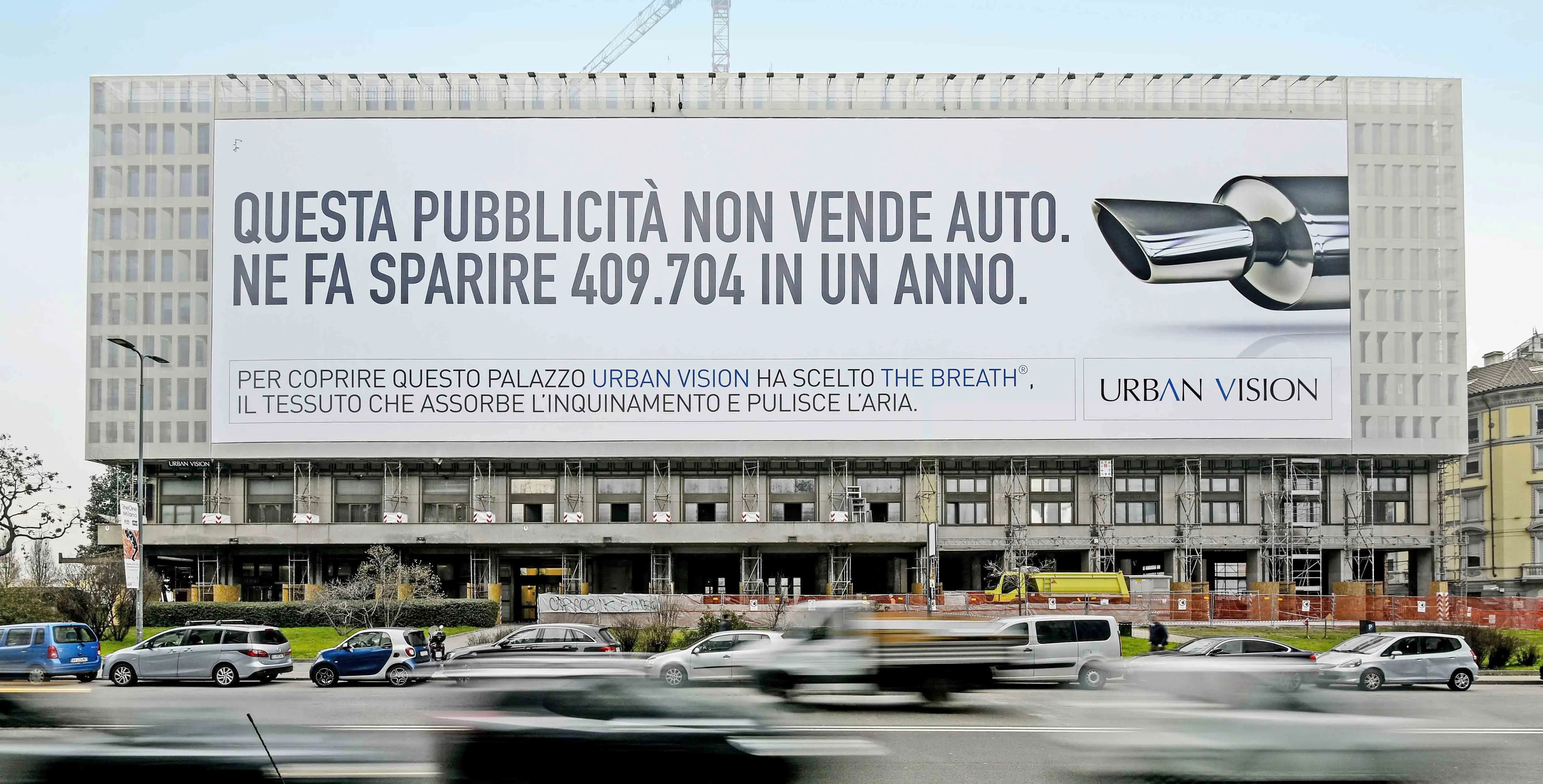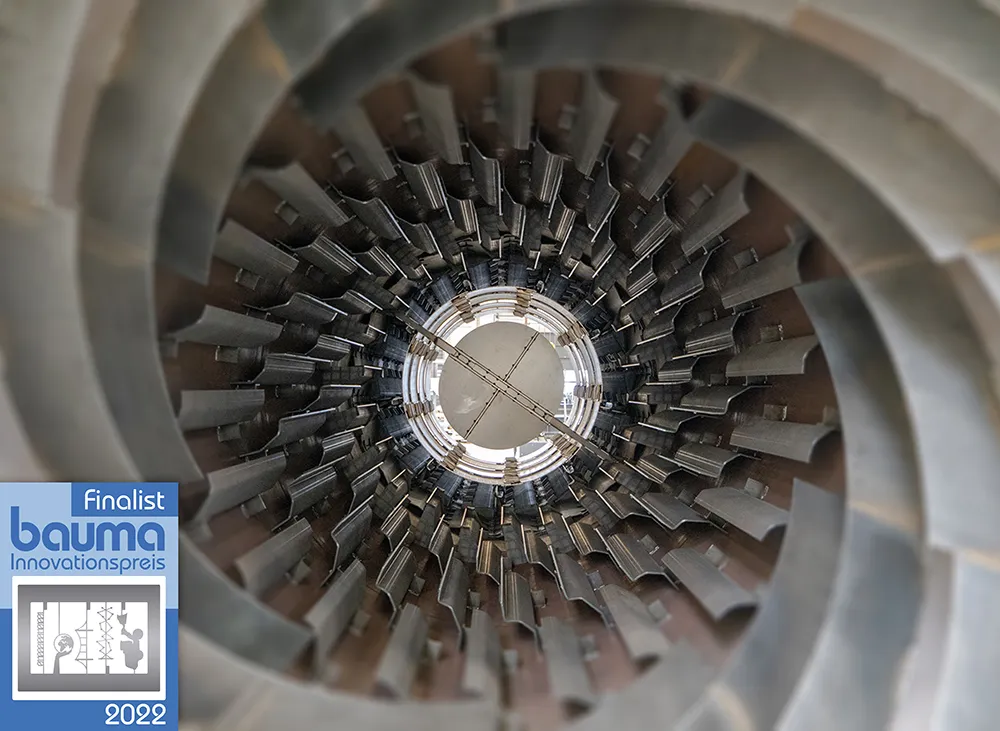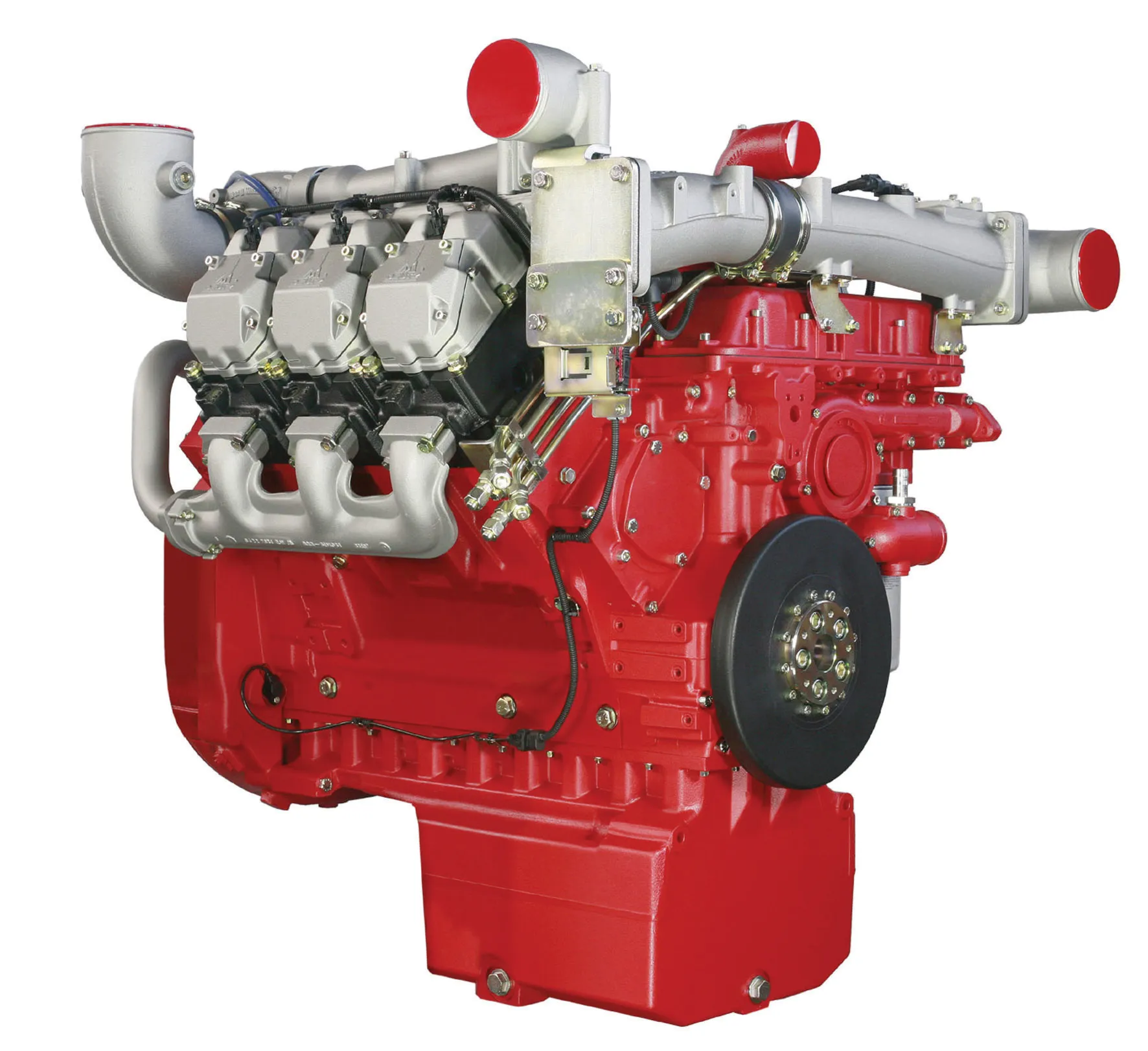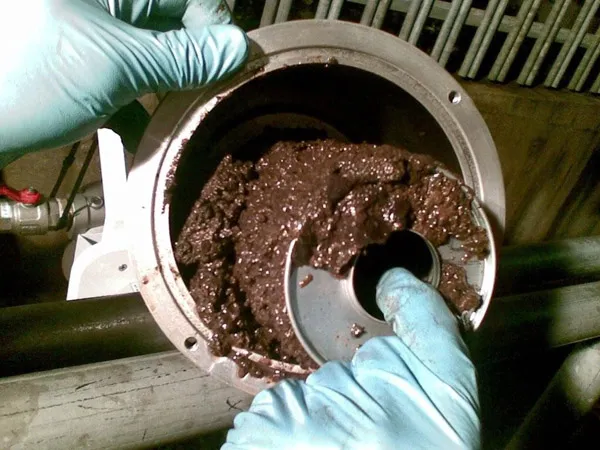An innovative material is now available that could help absorb harmful airborne molecules and disperse cleaner air. The material has been developed by a team of leading Italian researchers and is being rolled-out across several European cities, including Rome and Milan. The material will be used on outdoor advertising sites in London and Italy.
The launch of this material comes following a series of alarming studies warning about the dangers posed by air pollution to Londoners.
Last week, a new stud
March 2, 2017
Read time: 2 mins

An innovative material is now available that could help absorb harmful airborne molecules and disperse cleaner air. The material has been developed by a team of leading Italian researchers and is being rolled-out across several European cities, including Rome and Milan. The material will be used on outdoor advertising sites in London and Italy.
The launch of this material comes following a series of alarming studies warning about the dangers posed by air pollution to Londoners.
Last week, a new study commissioned by Sadiq Khan, the Mayor of London, found that tens of thousands of children in 802 of London's schools are exposed to illegal levels of air pollution that can damage their health permanently. Similarly, a leading study conducted by Kings College London for2387 Transport for London and the Greater London Authority, found that in 2010 dirty air contributed towards up to 9,500 deaths in London. The same study estimated the annual economic cost of these health impacts was equivalent to £3.7 billion.
According to Anemotech, The material’s inventor, it uses a series of nano-molecules and the local atmosphere’s natural air flow to remove harmful pollutants such as nitrous oxides, sulphur oxides and particulates. The material can be used for both indoor and outdoor purposes, including for office workstations, classrooms and public advertising spaces.
The inventors claim that once the material is installed it can absorb high concentrations of air pollution within a 25m area. By installing 250m2 of the material over a one year period, The Breath’s inventors claim its impact on the environment is the equivalent of removing pollution from over 750,000 unleaded vehicles and 300,000 diesel cars.
Research into tests carried out at 1-4 Leicester Square in London by Universita’ Politecnica delle Marche in Italy last autumn have proved to be positive. Using these initial results, researchers at The Breath estimate that just two 10m² sheets of the material correctly positioned in the square over a one-year period could cancel out nitrogen oxide emissions from 5,475 diesel vehicles and volatile organic compounds emitted from 13,650 unleaded cars.
The launch of this material comes following a series of alarming studies warning about the dangers posed by air pollution to Londoners.
Last week, a new study commissioned by Sadiq Khan, the Mayor of London, found that tens of thousands of children in 802 of London's schools are exposed to illegal levels of air pollution that can damage their health permanently. Similarly, a leading study conducted by Kings College London for
According to Anemotech, The material’s inventor, it uses a series of nano-molecules and the local atmosphere’s natural air flow to remove harmful pollutants such as nitrous oxides, sulphur oxides and particulates. The material can be used for both indoor and outdoor purposes, including for office workstations, classrooms and public advertising spaces.
The inventors claim that once the material is installed it can absorb high concentrations of air pollution within a 25m area. By installing 250m2 of the material over a one year period, The Breath’s inventors claim its impact on the environment is the equivalent of removing pollution from over 750,000 unleaded vehicles and 300,000 diesel cars.
Research into tests carried out at 1-4 Leicester Square in London by Universita’ Politecnica delle Marche in Italy last autumn have proved to be positive. Using these initial results, researchers at The Breath estimate that just two 10m² sheets of the material correctly positioned in the square over a one-year period could cancel out nitrogen oxide emissions from 5,475 diesel vehicles and volatile organic compounds emitted from 13,650 unleaded cars.









